"Henri Guinier, Sweet Night"
1898, Signed Henri Guinier in the plate, blind stamp of L'Estampe Moderne lower right Demonstrating precocious artistic talents, Henri Guinier dreamed of his career as a painter very early on. Following the paternal will, he joined, alongside his twin brother Édouard, the School of Arts and Crafts of Châlons-en-Champagne in 1883. He chose the forge section, thus dividing his adolescence between mathematics and the blacksmith's hammer . After graduating as an engineer in 1886, the young man did his military service between 1886 and 1887 before finally being able to enroll at the Académie Julian. With masters Jules Lefebvre, Benjamin-Constant, Gustave Boulanger and Tony Robert-Fleury, he was admitted to the Beaux-Arts in Paris on July 13, 1888. A brilliant student, he obtained numerous medals in the biannual graphic competitions for figures. In 1891, Guinier took part, for the first time in his career, in the Salon of French Artists, at the Palais de l'Industrie, on the Champs-Élysées. He repeated his participation in 1893, exhibiting a painting very influenced by the style of Jules Bastien-Lepage, entitled Petite Fille des Champs. From 1893 to 1897, for five years, the student competed with pugnacity for the Prix de Rome, which he missed very little each time. When he embarked on the artistic scene of the 1890s, then in full Symbolist flowering, the painter showed a particular affection for the transient hours of twilight. Giving rise to backgrounds with vaporous technical effects, there are almost always dreamy women, abandoned to their dreams in a landscape evocative of mystery (Ill.1). Nuit Douce is the perfect illustration of this. This stylistic inclination flourished and stood out with the discovery of Brittany in 1902, under whose spell he fell during a stay in Bréhat. He will be inspired by these young Breton women in traditional costume from whom he will draw symbolist portraits, borrowing poetry and nostalgia.
Ill. 1. Ophelia, 1903, oil on canvas, 65.2 x 54.6 cm, Museum of Fine Arts of Reims, Inv. 907.19.12 Our original lithograph was published by L'Estampe Moderne between 1897 and 1898; It is authenticated by the dry stamp of the publisher, L'Imprimerie Champenois. A lithograph from this series is in the collection of the Dallas Museum of Art (Asset No. 2008.95.40)



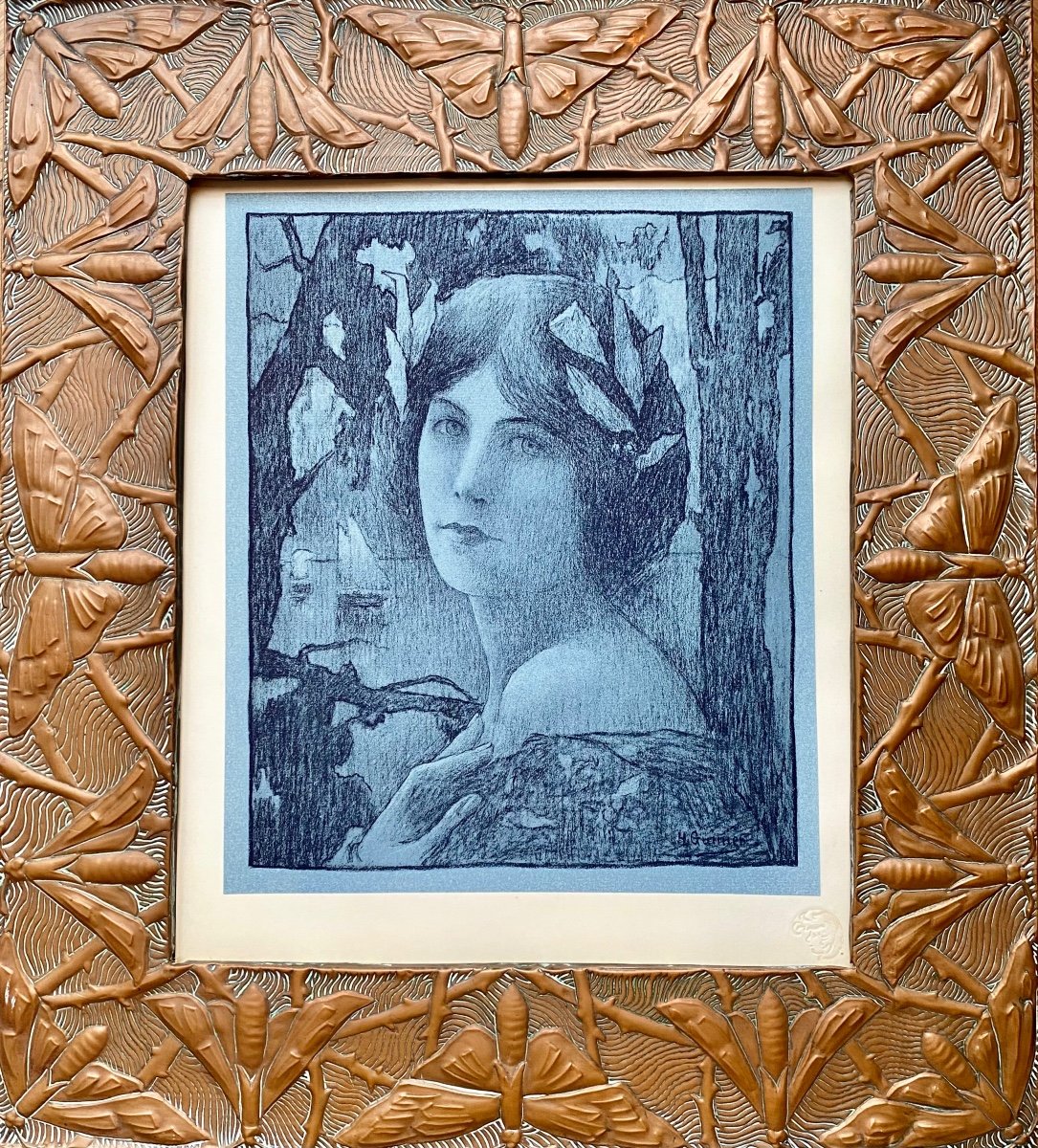
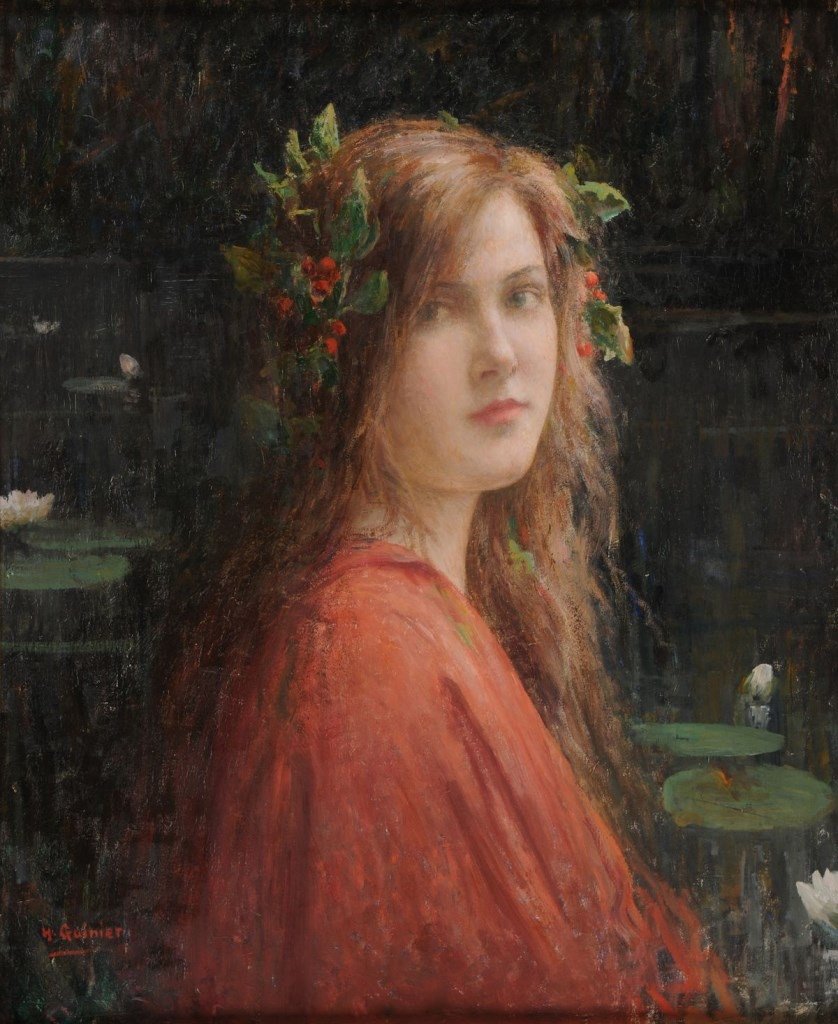
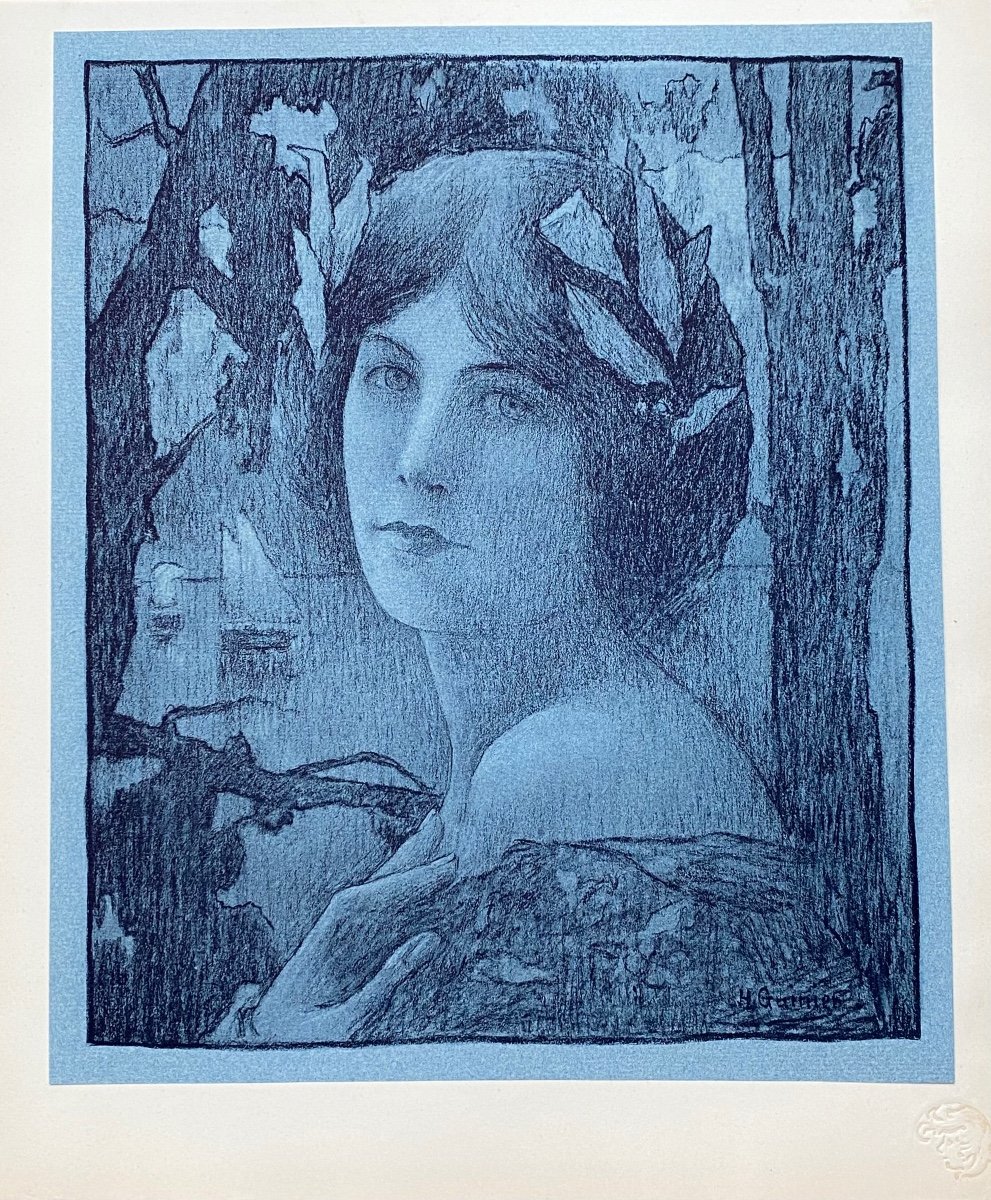
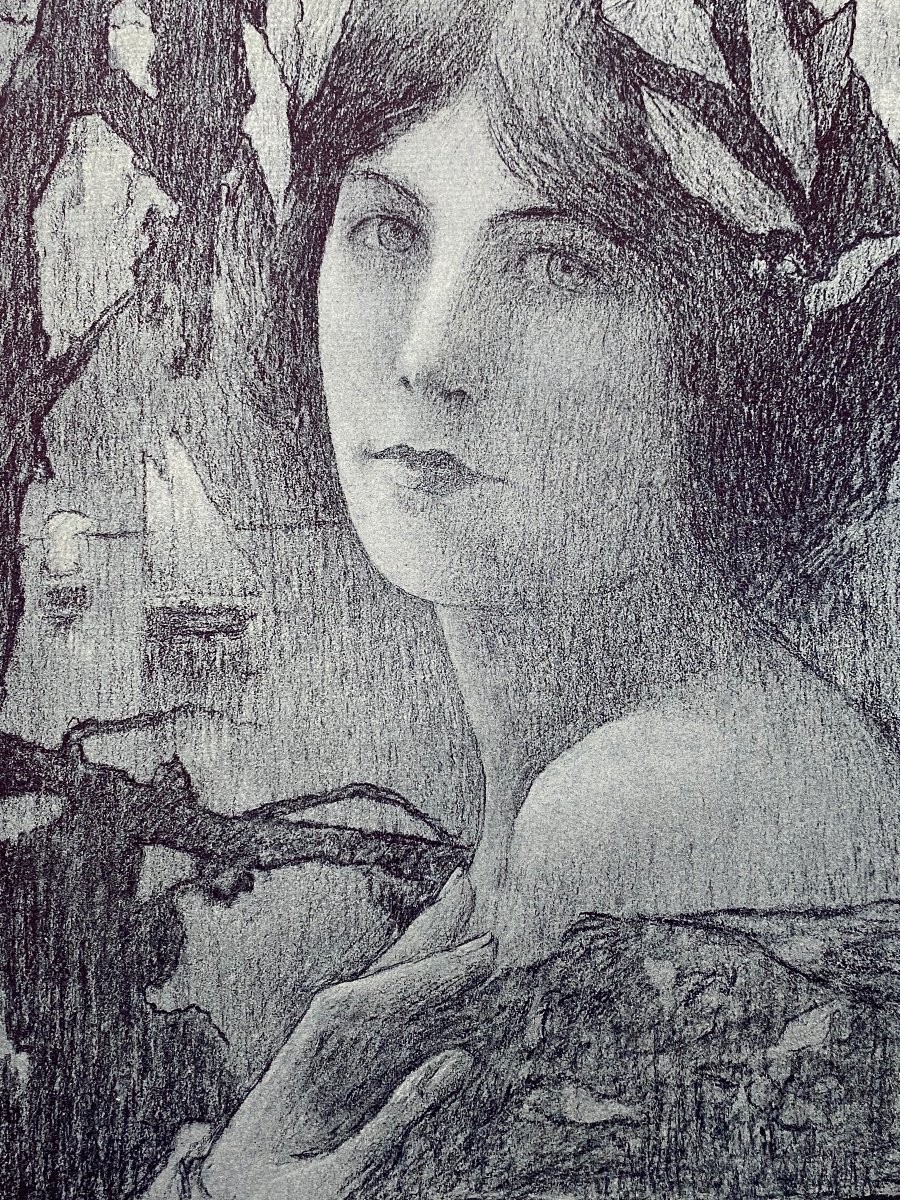
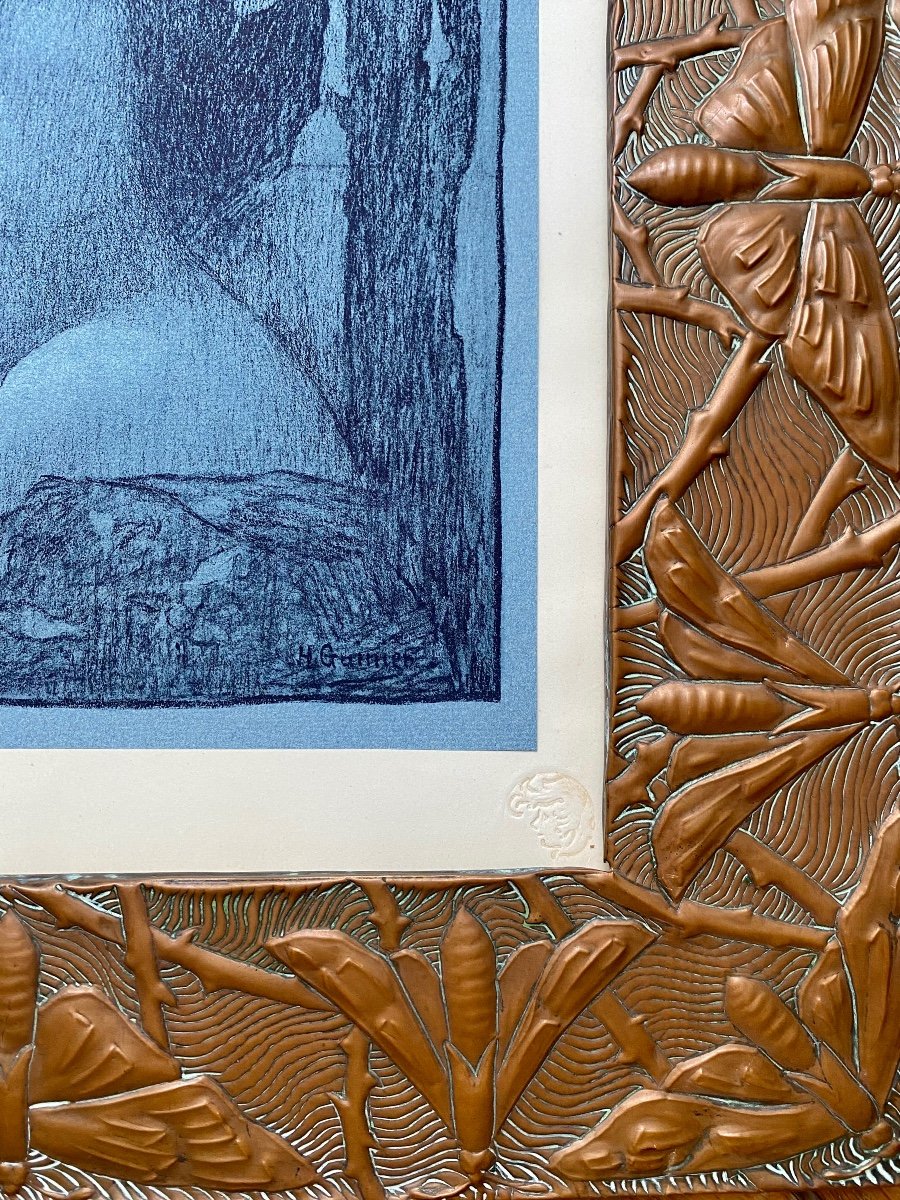
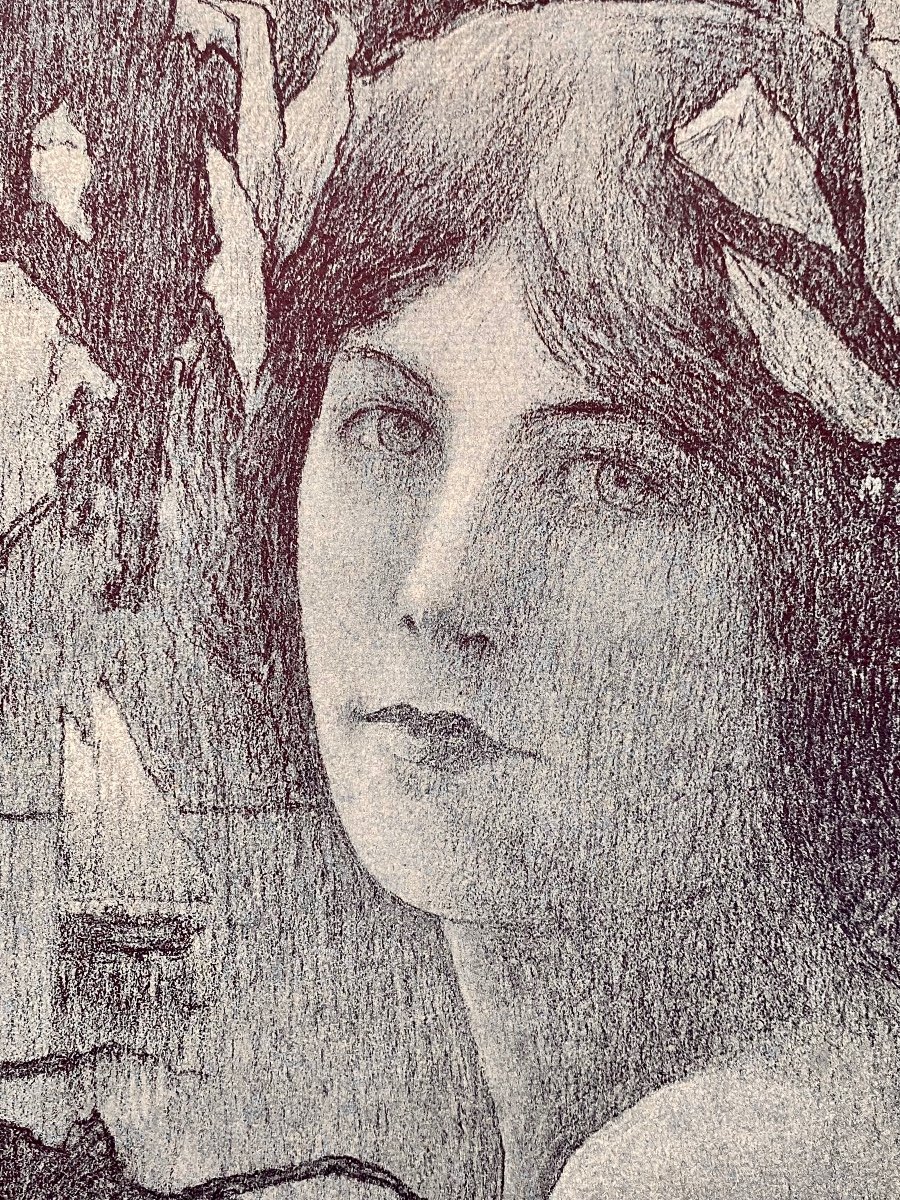
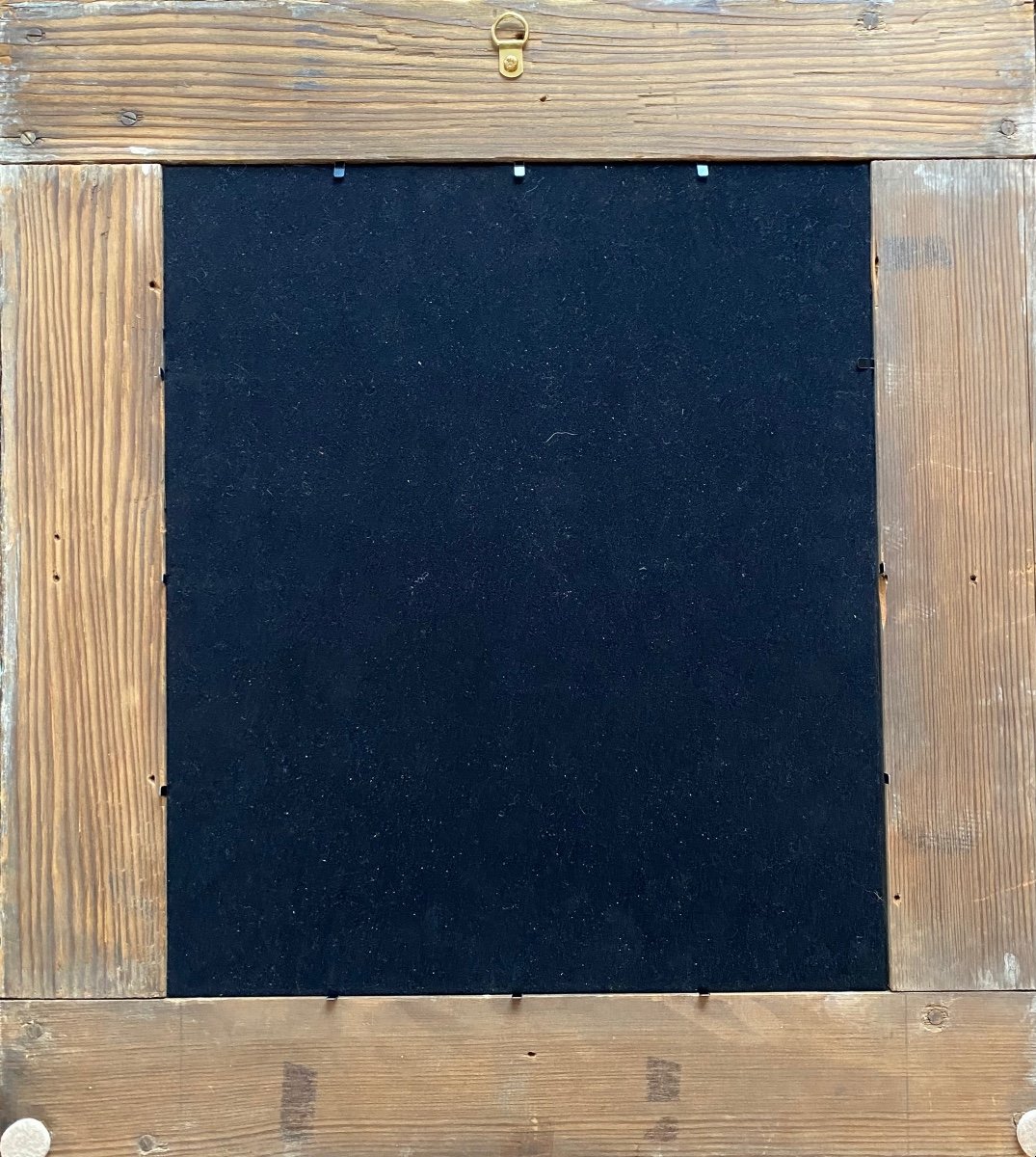
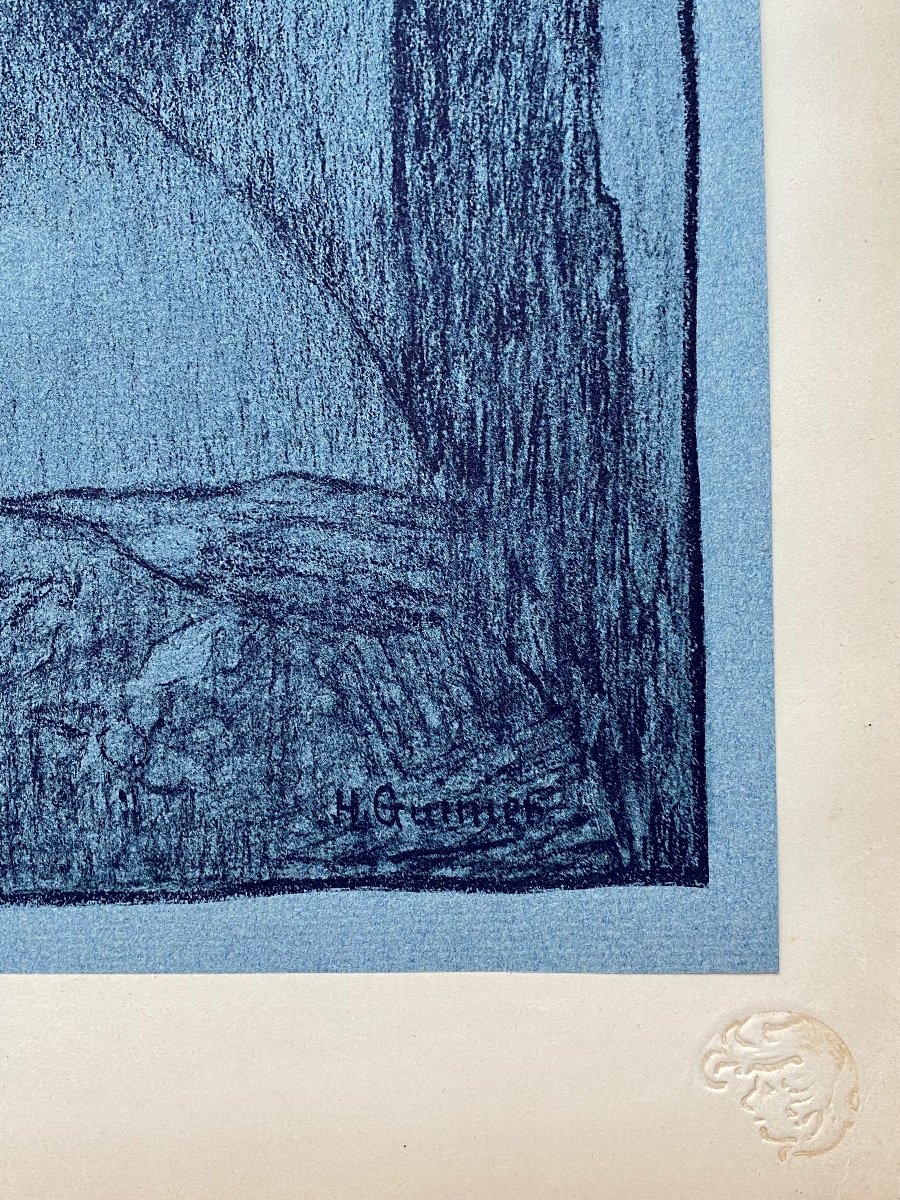
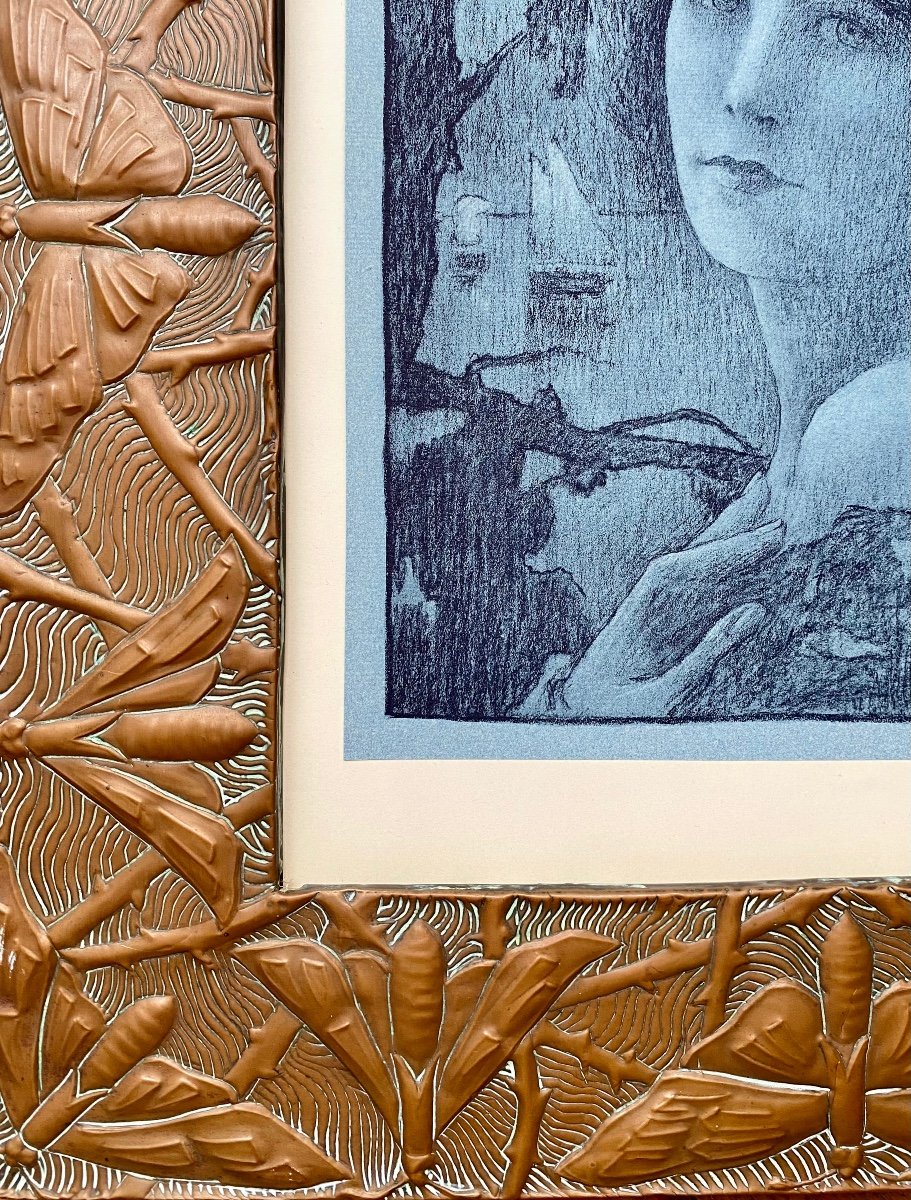


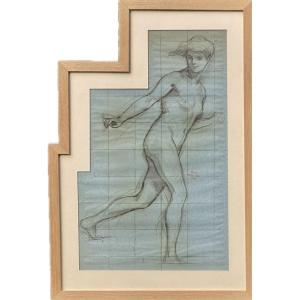
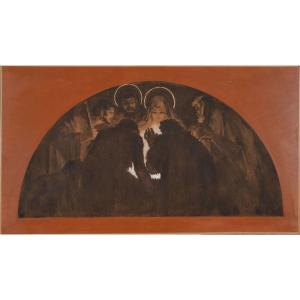




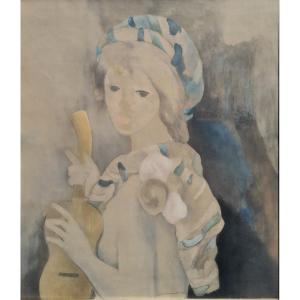
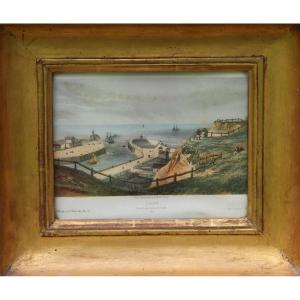
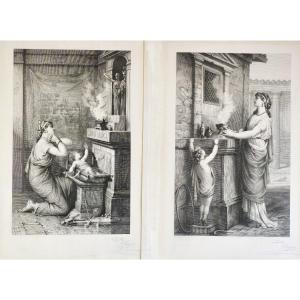




 Le Magazine de PROANTIC
Le Magazine de PROANTIC TRÉSORS Magazine
TRÉSORS Magazine Rivista Artiquariato
Rivista Artiquariato
